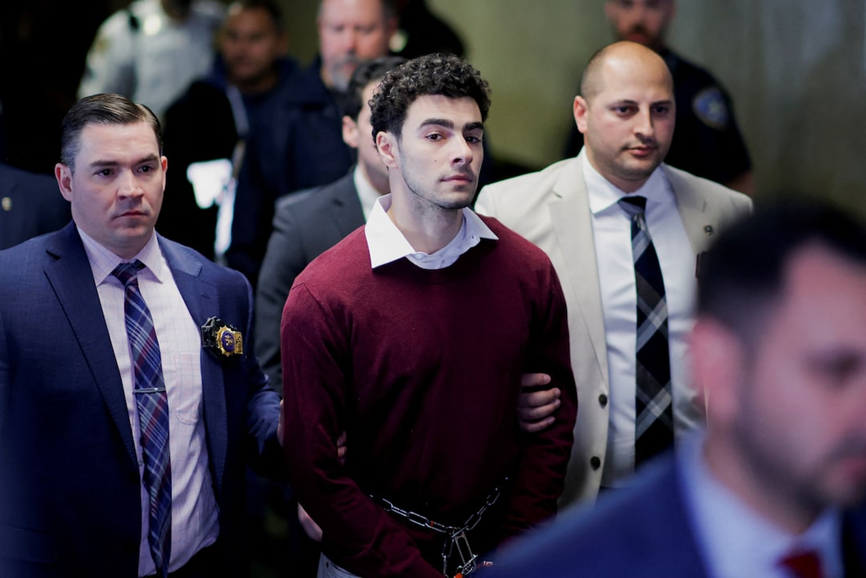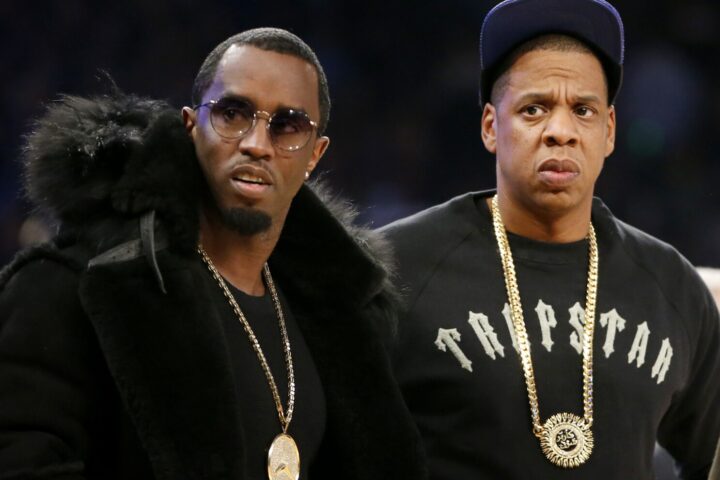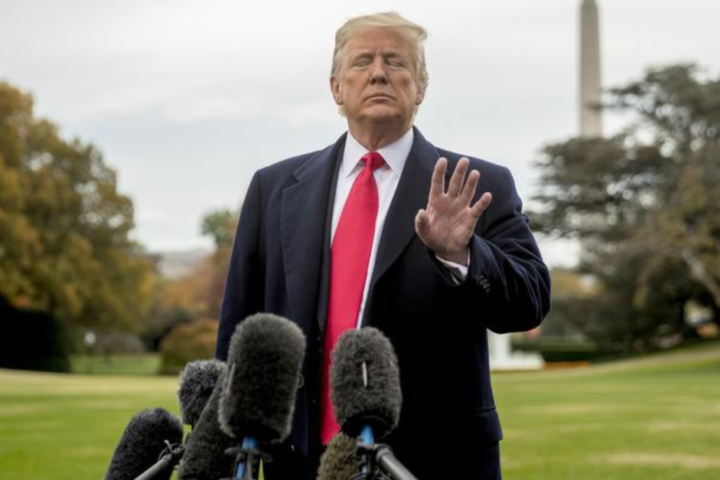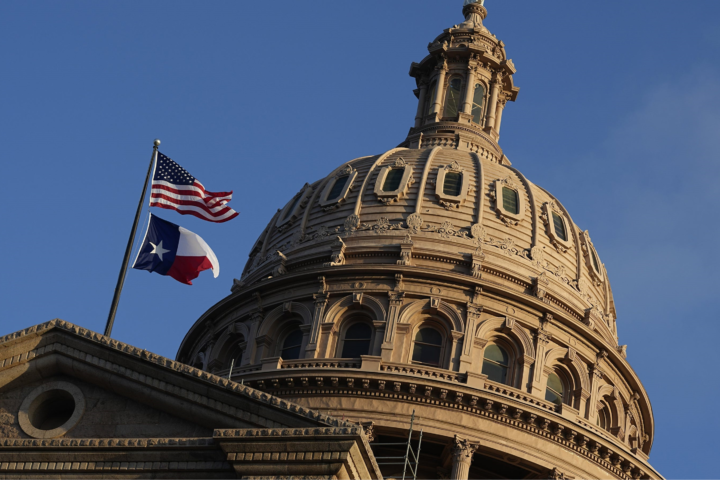The unfolding case of Luigi Mangione, charged with the murder of UnitedHealthcare CEO Brian Thompson, has captivated the nation, highlighting critical questions of justice, public safety, and the intersection of state and federal legal systems. Mangione, a 26-year-old from Pennsylvania, pleaded not guilty to state charges in a Manhattan courtroom on Monday, marking the latest chapter in a high-profile case that has drawn scrutiny from all corners of the country.
Charges That Transcend Local Jurisdiction
Mangione faces a staggering 11 charges at the state level, including first-degree murder in furtherance of terrorism. Federal charges, which include stalking and murder, bring the potential for the death penalty, underscoring the severity of the accusations. Authorities allege Mangione was caught on surveillance footage near the Hilton Hotel in Manhattan, where Thompson was fatally shot in the back earlier this month. Police also recovered what they believe to be the murder weapon in Mangione’s possession.
The implications of these charges extend far beyond New York, as they frame the case within the broader context of domestic terrorism and growing concerns about radicalization in the digital age. The combination of state and federal proceedings has sparked debates about due process, double jeopardy, and the fairness of such overlapping legal actions.
A Courtroom Drama Unfolds
Monday’s court appearance was a spectacle. Mangione, dressed in a burgundy sweater and khakis, entered the courtroom shackled, flanked by armed guards. He spoke softly, pleading “not guilty” into the microphone as reporters and supporters looked on. His defense attorney, Karen Friedman Agnifilo, argued that Mangione’s treatment exemplifies a breakdown in justice.
“He is being treated like a human ping pong ball between two warring jurisdictions,” she said, criticizing what she called a “political spectacle” orchestrated by law enforcement and public officials. Friedman Agnifilo also took aim at New York Mayor Eric Adams, accusing him of using the case for political posturing. Adams had been present during Mangione’s extradition and publicly referred to the suspect as a “terrorist.”
Supporters and Critics Clash
The courtroom was not only packed with reporters but also with young supporters of Mangione, many of whom gathered outside holding signs. Their presence highlights a troubling trend: the romanticization of violent acts and figures in certain online communities. Mayor Adams’ office condemned the glorification of the assassination, calling it “sickening” and a dangerous signal to impressionable youth.
“The cold-blooded assassination of Brian Thompson— a father of two— has been twisted into a narrative of heroism in the darkest corners of the internet,” said a spokesperson for Mayor Adams. “Violence and vitriol have no place in our city, and we must stand firm in rejecting such rhetoric.”
A National Reckoning on Terror and Justice
Mangione’s case has reignited national discussions about how the justice system handles acts of domestic terror, particularly when they stem from individual grievances amplified by online radicalization. Prosecutors revealed that Mangione possessed a notebook filled with anti-corporate rhetoric targeting the health insurance industry, shedding light on his potential motives.
Legal experts warn that trying such a case simultaneously at the state and federal levels could set precedents with far-reaching implications. Manhattan District Attorney Alvin Bragg and Acting U.S. Attorney Edward Kim have assured the public that their offices are coordinating efforts, with the state trial expected to proceed first.
What Comes Next
Mangione remains in custody at the Metropolitan Detention Center in Brooklyn, with bail set at a symbolic $1 due to his federal detainment. His next state court appearance is scheduled for February 21. Meanwhile, the nation watches as this high-stakes case unfolds, sparking debates on justice, fairness, and the role of public figures in shaping the narrative.
As the case continues to dominate headlines, it serves as a stark reminder of the societal fractures that can lead to such tragedies—and the challenges in addressing them within our legal and cultural frameworks.











